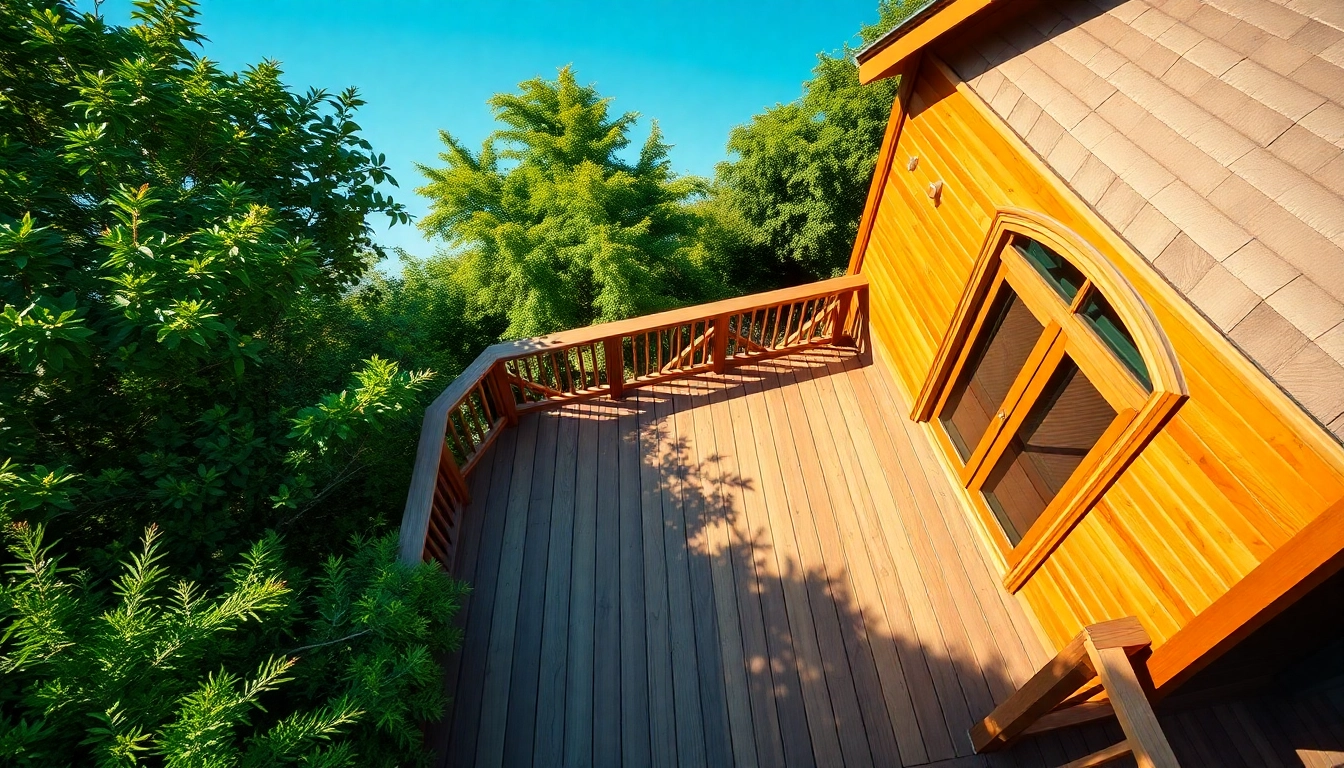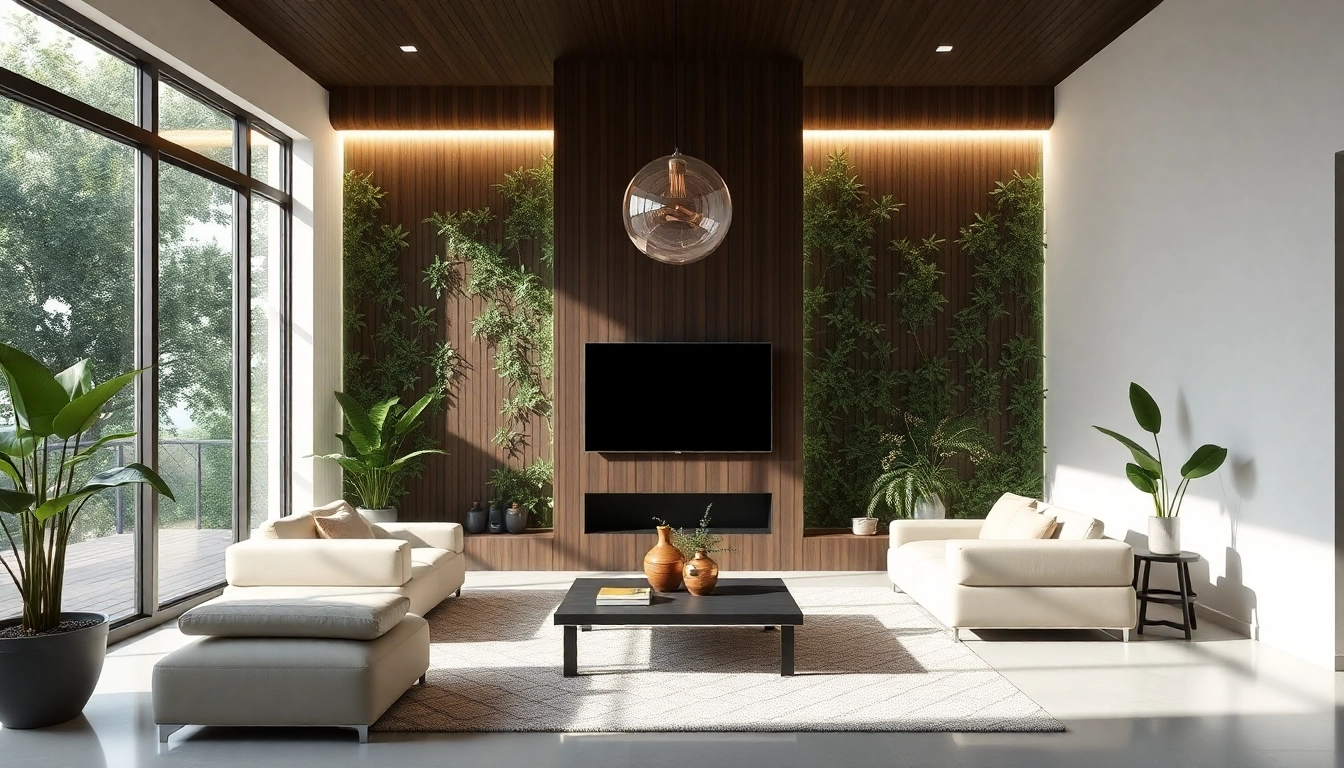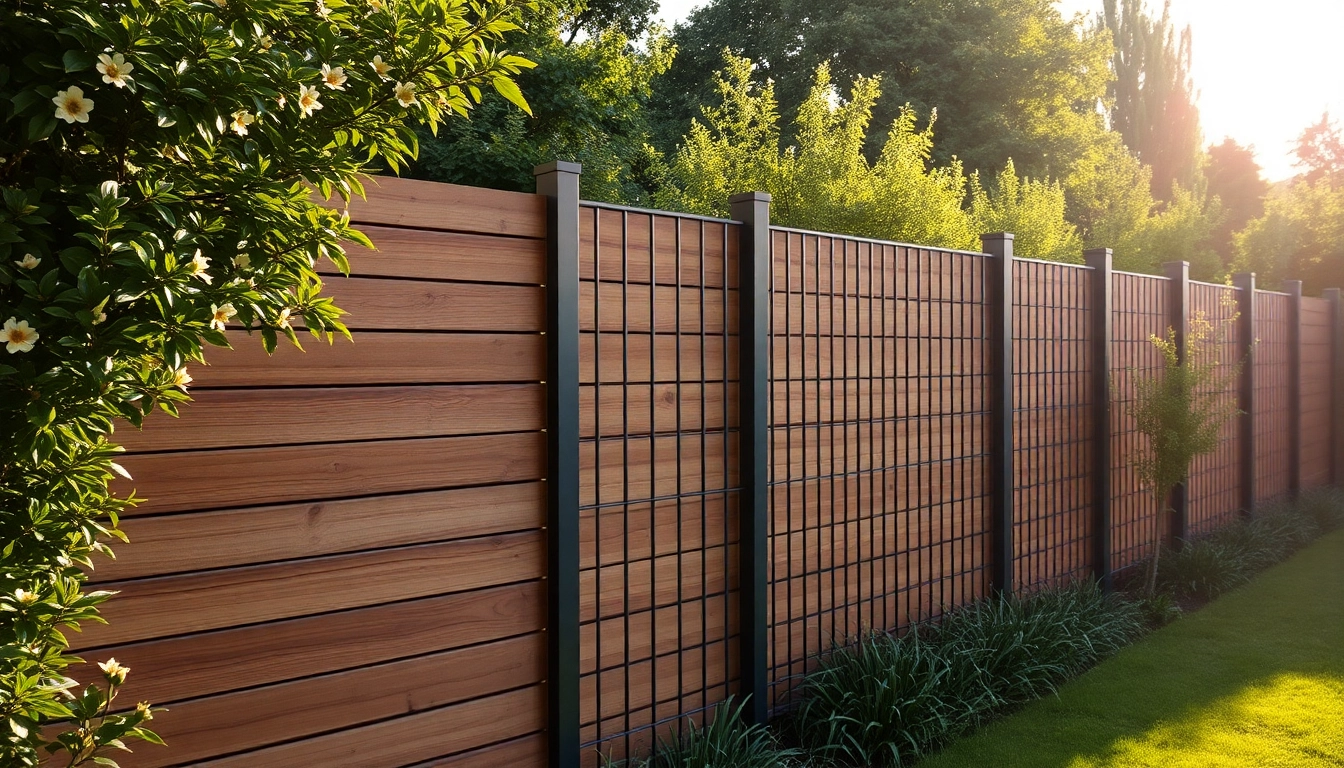Understanding Deck Construction: The Basics
Deck construction is a popular project for homeowners looking to enhance their outdoor living spaces. Not only does a well-designed deck provide a seamless transition between indoors and outdoors, but it also adds considerable value to a property. This comprehensive guide will delve into various aspects of deck construction, from materials and planning to the construction process and maintenance.
What is Deck Construction?
Deck construction involves the building of a structure that is typically made of wood or composite materials and is attached to the outside of a home. Decks serve multiple purposes, including recreational space, outdoor dining, and a place for relaxation and entertainment. They can be designed as ground-level decks, raised decks, or even multi-level structures. The main components include footings, beams, joists, decking boards, railings, and finishes. Understanding the basic elements of deck construction is crucial for both DIY enthusiasts and professional contractors.
Common Materials Used in Deck Construction
Choosing the right materials is one of the most critical steps in deck construction. Here are some common materials used:
- Pressure-Treated Lumber: This is the most common material for building decks due to its affordability and resistance to rot and insects.
- Composite Decking: Made from a combination of wood fibers and plastic, composite decking is low-maintenance and offers a wide variety of colors and finishes.
- Hardwood Decking: Durable and aesthetically pleasing, hardwoods such as teak and mahogany are ideal for high-end projects.
- Aluminum Decking: A newer option, aluminum decking is lightweight, durable, and resistant to rust, making it perfect for coastal climates.
Benefits of Professional Deck Construction
While many homeowners consider DIY options, hiring professionals can offer significant advantages:
- Expertise: Professionals understand building codes and safety regulations that must be adhered to during construction.
- Time Efficiency: Experienced contractors can complete projects quicker due to their familiarity with the processes and access to tools.
- Quality Assurance: Professional construction often comes with warranties and guarantees on materials and workmanship.
Planning Your Dream Deck
Key Considerations for Deck Design
The design of your deck should reflect your personal style and functional needs. Key considerations include:
- Purpose: Determine how you plan to use the deck – for entertaining, dining, or relaxation.
- Size and Shape: Evaluate your available space and decide whether you want a rectangular, circular, or custom shape.
- Access: Consider how you will access the deck from your home and the surrounding landscape.
- Aesthetics: Choose colors and materials that complement the existing architecture and landscape of your home.
Budgeting for Your Deck Construction
Creating a budget for your deck is crucial to avoid overspending. Consider the following elements:
- Material Costs: Research different material options and their prices to make informed decisions.
- Labor Costs: If hiring contractors, get quotes from multiple professionals to find the best price.
- Permits and Fees: Factor in any necessary permits and inspections required by local building authorities.
- Accessories: Include costs for railings, lighting, and furniture to complete your outdoor space.
Obtaining Necessary Permits
Before construction begins, most localities require permits for deck construction. Here’s how to navigate this process:
- Check local building codes and regulations regarding deck construction.
- Consult with your city or county’s building department to obtain the proper permits.
- Ensure that your plans meet all safety and zoning requirements before submitting your application.
The Deck Construction Process
Preparing the Site for Deck Construction
Site preparation is vital for ensuring a successful deck build. Follow these steps:
- Clearing the Area: Remove any vegetation, rocks, or debris from the construction site.
- Leveling the Ground: Ensure the ground is level to allow for proper drainage and stability.
- Marking the Layout: Use stakes and string lines to outline the dimensions of the deck on the ground.
Choosing the Right Foundation for Your Deck
The foundation is critical for providing stability to your deck. The choice will depend on the height and type of deck:
- Concrete Footings: Typically used for raised decks, footings are poured concrete forms that support the posts.
- Deck Blocks: Simplifies the process for low-to-the-ground decks, these pre-cast blocks eliminate the need for digging deep holes.
Building Your Deck Frame: Step-by-Step
Constructing the frame is one of the most critical steps in deck construction. Here’s a step-by-step guide:
- Attach the Ledger: Secure the ledger board to your house, making sure it is level.
- Set Footings: Install footings according to local codes, ensuring proper spacing and depth.
- Install Posts: Fix posts into poured concrete footings to give structural support to the frame.
- Add Beams: Connect the posts with beams to form the frame’s underlying structure.
- Insert Joists: Position joists across the beams, securing them to create the framework for the deck surface.
Deck Finishes and Customizations
Selecting Decking Materials
Once the frame is complete, it’s time to select decking materials. Here are some factors to consider:
- Durability: Consider the lifespan and maintenance needs of different materials.
- Comfort: Choose materials that are comfortable to walk on, even under the sun.
- Color and Finish: Select finishes and colors that enhance your outdoor space while matching your home.
Adding Railing and Accessory Options
Railing provides safety and can enhance the design of your deck. Consider these options:
- Wood Railings: Traditional and customizable, they match well with most wood decks.
- Metal Railings: Provide a modern look and durable option with minimal maintenance.
- Glass Railings: Offer unobstructed views and add a touch of elegance to your outdoor space.
Finishing Touches to Enhance Your Deck
After constructing the main deck, finishing touches can elevate your space:
- Staining and Sealing: Protect the wood with high-quality stain and sealant to enhance longevity.
- Landscaping: Surround the deck with plants, flowers, or shrubs to create a cohesive outdoor area.
- Lighting: Install low-voltage lighting for ambiance and safety, allowing for evening use.
Maintaining Your Deck Post-Construction
Regular Maintenance Tips for Deck Longevity
To ensure your deck lasts for years, incorporate regular maintenance:
- Cleaning: Regularly sweep and wash your deck to prevent dirt and mold build-up.
- Inspecting: Routinely check for loose boards, protruding nails, and signs of wear or rot.
- Resealing: Reseal your deck every few years to protect it from moisture and UV damage.
Seasonal Care for Your Deck
Different seasons may require different types of care:
- Spring: Clean the deck and inspect for winter damage.
- Summer: Keep the surface clear from furniture and debris to prevent stains.
- Fall: Remove leaves and debris to prevent water trapping and mold growth.
- Winter: Clear off snow and ice gently to maintain surface integrity.
When to Call Professionals for Deck Repairs
If you encounter significant damage or structural issues, it is vital to consult with professionals. Signs include:
- Severe Cracks: If boards are cracked or splintered beyond simple repair.
- Instability: If the deck shakes or moves when pressure is applied.
- Rot: Extensive rot that requires replacement of beams or joists.



